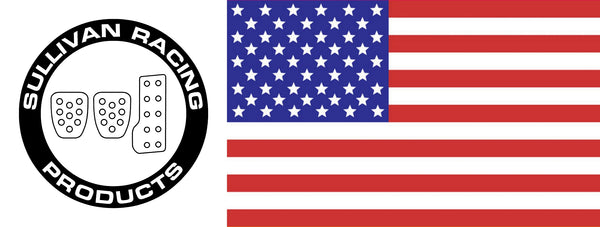Grip Test

Welcome to our comprehensive grip test results, where we dive into the performance of our pedal designs alongside a new Ford Mustang pedal and an old, used Subaru pedal. We tested our nine distinct designs to determine their coefficient of friction (static) under both dry and wet conditions. For this test we used both a typical sneaker and a shoe with a softer sole more suited for performance driving. We averaged the results of the two different shoes.
Here’s a breakdown of the coefficient of friction for each pedal design, both in dry and wet:
Grid: Dry - 0.90 | Wet - 0.84
Block: Dry - 0.88 | Wet - 0.78
Hex: Dry - 0.91 | Wet - 0.87
Diamond: Dry - 0.70 | Wet - 0.64
SC: Dry - 0.68 | Wet - 0.64
MM: Dry - 0.95 | Wet - 0.92
Spike: Dry - 0.93 | Wet - 0.87
Dimple Die: Dry - 0.90 | Wet - 0.83
Engine Turned: Dry - 0.90 | Wet - 0.82
In addition to our designs, we included grip data for stock pedals from the Ford Mustang and an older Subaru model:
Stock Mustang: Dry - 0.75 | Wet - 0.66
Stock Subaru: Dry - 0.68 | Wet - 0.57
While it’s tempting to assume that the highest grip signifies the best performance, it’s important to consider the type of driving. Performance driving and doing heel-toe downshifts require a degree of movement and adaptability. Therefore, while high grip is desirable for stability and control, overly aggressive grip can impede fluid pedal manipulation, especially in high performance driving.
Our grip test not only highlights the performance of our pedal designs but also emphasizes the importance of balance between grip and maneuverability. Each design offers unique characteristics, catering to diverse driving preferences and styles. Our pedal lineup ensures an enhanced driving experience tailored to your needs.

